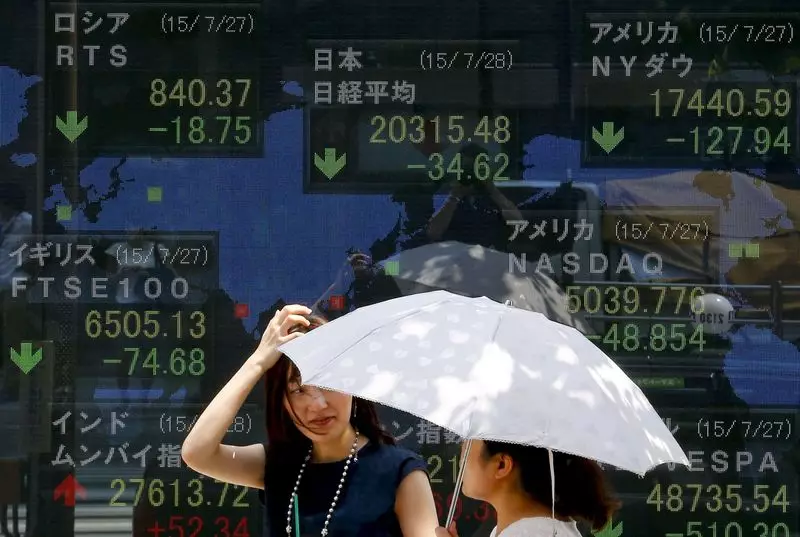The Asian stock market saw a mixed performance on Monday as investors grappled with conflicting signals regarding Chinese business activity and uncertainty surrounding U.S. interest rates. The negative close on Wall Street on Friday, coupled with quarter-end profit-taking, led to a subdued market sentiment across the region.
Chinese Economic Indicators
The Chinese Shanghai Shenzhen CSI 300 and Shanghai Composite indexes experienced losses as government and private purchasing managers index readings painted contrasting pictures of the economy. Government data showed a contraction in the manufacturing sector for the second consecutive month, while a private PMI reading indicated the sector’s fastest expansion in three years. These differing signals left investors apprehensive about the economic outlook of Asia’s largest economy.
Market Performance in Asia
The broader Asian markets faced uncertainty amid China’s economic indicators. While Japan’s Nikkei 225 and TOPIX indexes registered gains, the revision of first-quarter GDP data suggested a deeper contraction than initially anticipated. This revision raised concerns about the economic stability of Japan and its impact on local stock markets.
The market volatility in Asia underscores the challenges faced by investors in navigating through conflicting signals and uncertainties. The divergent economic indicators in China and Japan highlight the complexities of the current global economic landscape. Investors must exercise caution and conduct thorough research before making investment decisions in such volatile market conditions.
As investors await key data releases and policy announcements, the volatility in the Asian stock market is likely to persist. The upcoming third Plenum of the Chinese Communist Party and potential economic support measures could provide some clarity on China’s economic trajectory. However, the uncertainties surrounding U.S. interest rates and global trade tensions continue to weigh on market sentiment.
The Asian stock market’s performance reflects the challenges and uncertainties facing investors in the current economic environment. The conflicting signals from Chinese and Japanese economic indicators, coupled with global market volatility, highlight the need for caution and strategic decision-making in navigating through the turbulent market conditions.

